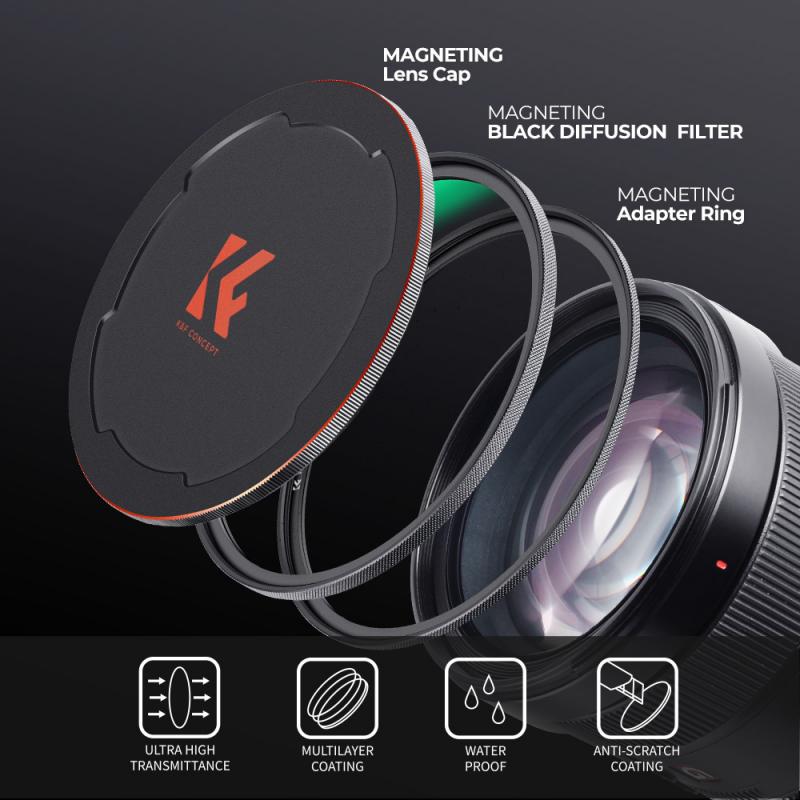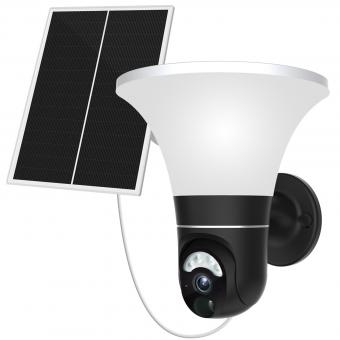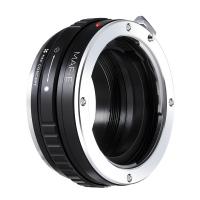What Battery Do Blink Cameras Use ?
Blink cameras use AA lithium batteries.
1、 Lithium-ion battery: Commonly used in Blink cameras for long-lasting power.
Lithium-ion batteries are commonly used in Blink cameras for their long-lasting power. These batteries have become the standard choice for many electronic devices due to their high energy density, lightweight design, and ability to hold a charge for extended periods.
Lithium-ion batteries are known for their superior performance compared to other battery types. They offer a higher energy density, meaning they can store more power in a smaller and lighter package. This is particularly important for Blink cameras, as they need to be compact and portable for easy installation and use.
Furthermore, lithium-ion batteries have a low self-discharge rate, which means they can hold a charge for a longer time without losing power. This is crucial for Blink cameras, as they are often used for surveillance purposes and need to be ready to capture footage at any given moment.
Another advantage of lithium-ion batteries is their ability to handle multiple charge and discharge cycles without significant capacity loss. This means that Blink camera users can recharge their batteries multiple times without worrying about reduced performance or battery life.
It is worth noting that the specific type and capacity of lithium-ion batteries used in Blink cameras may vary depending on the model and generation. As technology advances, newer generations of Blink cameras may utilize more advanced lithium-ion battery technologies, such as improved energy density or faster charging capabilities.
In conclusion, Blink cameras commonly use lithium-ion batteries due to their long-lasting power, high energy density, lightweight design, and ability to hold a charge for extended periods. These batteries provide the necessary performance and reliability required for surveillance cameras, ensuring that users can rely on their Blink cameras for continuous monitoring and security.

2、 Rechargeable battery: Blink cameras often utilize rechargeable batteries for convenience.
Rechargeable battery: Blink cameras often utilize rechargeable batteries for convenience. The specific battery used by Blink cameras is the AA lithium battery. These batteries are known for their long-lasting power and ability to withstand extreme temperatures, making them ideal for outdoor security cameras.
The use of rechargeable batteries in Blink cameras offers several advantages. Firstly, it eliminates the need for constant battery replacements, saving both time and money. Users can simply recharge the batteries when they run low, ensuring uninterrupted surveillance. Additionally, rechargeable batteries are more environmentally friendly compared to disposable batteries, as they can be reused multiple times before needing to be disposed of.
The AA lithium batteries used by Blink cameras are designed to provide extended battery life. This is particularly important for security cameras, as they need to operate continuously to ensure effective monitoring. With the use of rechargeable batteries, Blink cameras can provide reliable surveillance for extended periods without the need for frequent battery changes.
It is worth noting that the latest models of Blink cameras may have different battery requirements or options. As technology advances, manufacturers may introduce new battery types or offer alternative power sources such as solar panels. Therefore, it is always recommended to refer to the specific product documentation or contact the manufacturer for the most up-to-date information on battery usage.
In conclusion, Blink cameras typically use rechargeable AA lithium batteries, which offer convenience, cost savings, and environmental benefits. However, it is important to stay informed about any updates or changes in battery requirements for the latest models of Blink cameras.

3、 AA battery: Some older models of Blink cameras may require AA batteries.
Blink cameras are known for their wireless and easy-to-install nature, making them a popular choice for home security systems. When it comes to the batteries used by Blink cameras, the answer is not as straightforward as a single type.
In the past, some older models of Blink cameras did indeed require AA batteries. These cameras were designed to be powered by two AA lithium batteries, which provided a decent battery life. However, it's important to note that this information may not be applicable to the latest Blink camera models.
Blink has made significant advancements in their camera technology over the years, and their newer models often come with built-in rechargeable batteries. These rechargeable batteries eliminate the need for constantly replacing AA batteries, providing a more convenient and cost-effective solution for users. The rechargeable batteries can be easily charged using the included USB cable or a compatible charging dock.
It's worth mentioning that the specific battery requirements may vary depending on the model of Blink camera you have or are considering purchasing. Therefore, it is always recommended to refer to the product manual or the official Blink website for the most accurate and up-to-date information regarding battery usage.
In conclusion, while some older models of Blink cameras may require AA batteries, the latest models often come with built-in rechargeable batteries. It is essential to check the specifications of your specific Blink camera model to determine the battery requirements.

4、 Battery life: Understanding the expected battery life of Blink cameras.
Battery life: Understanding the expected battery life of Blink cameras.
Blink cameras are known for their wireless and battery-powered design, making them a popular choice for home security systems. The battery life of Blink cameras is an important consideration for users, as it determines how often the batteries need to be replaced or recharged.
The battery life of Blink cameras can vary depending on several factors, including the camera model, usage patterns, and environmental conditions. Generally, Blink cameras use AA lithium batteries, which are known for their long-lasting power. These batteries are readily available and can be easily replaced when needed.
According to Blink, the expected battery life of their cameras can range from two to two and a half years with normal use. However, it is important to note that this estimate is based on certain assumptions, such as an average of 4,000 five-second video events per year. If the camera is triggered more frequently or if longer videos are recorded, the battery life may be shorter.
It is also worth mentioning that the battery life can be affected by environmental factors such as extreme temperatures. In colder climates, the battery life may be reduced, while in hotter climates, the batteries may drain faster. Therefore, it is recommended to install the cameras in a location where they are protected from extreme temperatures.
To maximize the battery life of Blink cameras, there are a few tips that users can follow. These include adjusting the camera's sensitivity settings to reduce unnecessary triggers, placing the cameras in areas with less motion activity, and ensuring that the cameras are connected to a strong Wi-Fi signal to minimize connection issues that can drain the battery.
In conclusion, Blink cameras use AA lithium batteries and have an expected battery life of two to two and a half years with normal use. However, it is important to consider various factors that can affect the battery life and take necessary precautions to maximize its longevity.






























There are no comments for this blog.